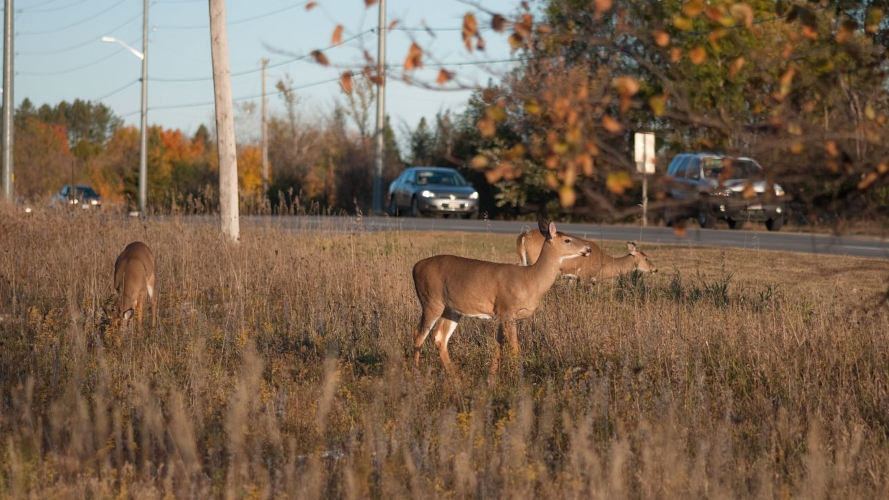Northern Minnesota is currently facing an ecological challenge: the white-tailed deer overpopulation crisis. This issue has far-reaching implications for the environment, local communities, and the deer population itself.
Understanding the Overpopulation Crisis
The white-tailed deer population in northern Minnesota has surged over the past few decades. A combination of factors—including mild winters, abundant food sources, and reduced natural predators—has led to an unsustainable increase in deer numbers. While deer are a beloved symbol of the region’s wildlife, their overpopulation is causing significant ecological damage.
Ecological Impact of Overpopulation
White-tailed deer overpopulation in northern Minnesota is altering the landscape in alarming ways. These deer are herbivores, and their overabundance leads to overgrazing, which depletes native vegetation. This overgrazing not only disrupts the natural habitat for other species but also hinders forest regeneration. The loss of young trees and plants due to deer browsing threatens the long-term health of Minnesota’s forests.
Moreover, the overpopulation of deer increases the risk of spreading diseases such as chronic wasting disease (CWD). This disease, which is fatal to deer, can decimate entire populations if left unchecked, further exacerbating the problem.
Impact on Local Communities
The effects of white-tailed deer overpopulation in northern Minnesota extend beyond the environment. Local farmers and gardeners face significant crop losses due to deer browsing. Additionally, the rise in deer populations has led to more frequent deer-vehicle collisions, posing a serious safety hazard on rural and suburban roads.

Addressing the Crisis
Managing the white-tailed deer overpopulation in northern Minnesota requires a multifaceted approach. Wildlife management agencies are implementing strategies such as controlled hunts and habitat modification to reduce deer numbers. Public education campaigns are also essential, as they encourage responsible hunting and highlight the importance of ecological balance.
In some areas, introducing or encouraging the return of natural predators, such as wolves, could help control deer populations. However, this solution is complex and requires careful consideration of the potential impact on other wildlife and human activities.
Increasing the limit on a deer tag is a strategic move that can significantly help control the white-tailed deer overpopulation in northern Minnesota. By allowing hunters to harvest more deer, particularly in areas with the highest population densities, this policy can reduce the number of deer more effectively and quickly. (Learn about Minnesota’s deer permit zones here.) This reduction is crucial in preventing the ecological damage caused by overgrazing and the subsequent loss of biodiversity. Additionally, by managing the deer population more aggressively, the risk of disease spread, such as chronic wasting disease (CWD), can be minimized. The increased harvest also helps mitigate human-deer conflicts, such as crop damage and deer-vehicle collisions, contributing to safer and more balanced ecosystems.
The white-tailed deer overpopulation in northern Minnesota is a pressing issue that demands immediate attention. Through a combination of wildlife management, public education, and ecological stewardship, the region can work towards restoring balance to its natural environment. By addressing this crisis, northern Minnesota can preserve its rich biodiversity and ensure a healthy ecosystem for future generations.



0 Comments